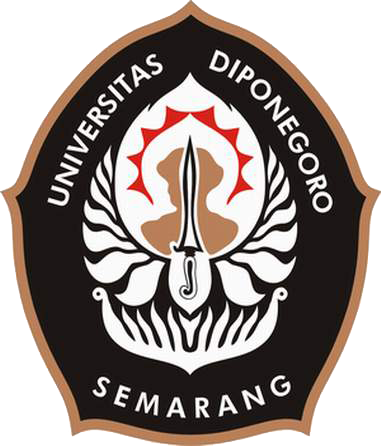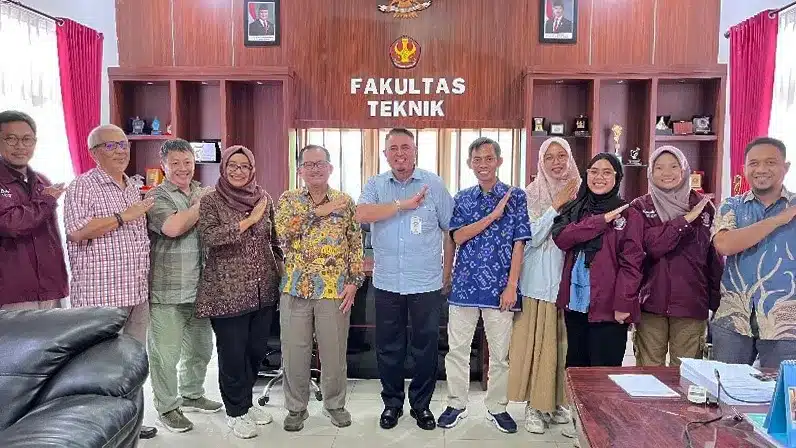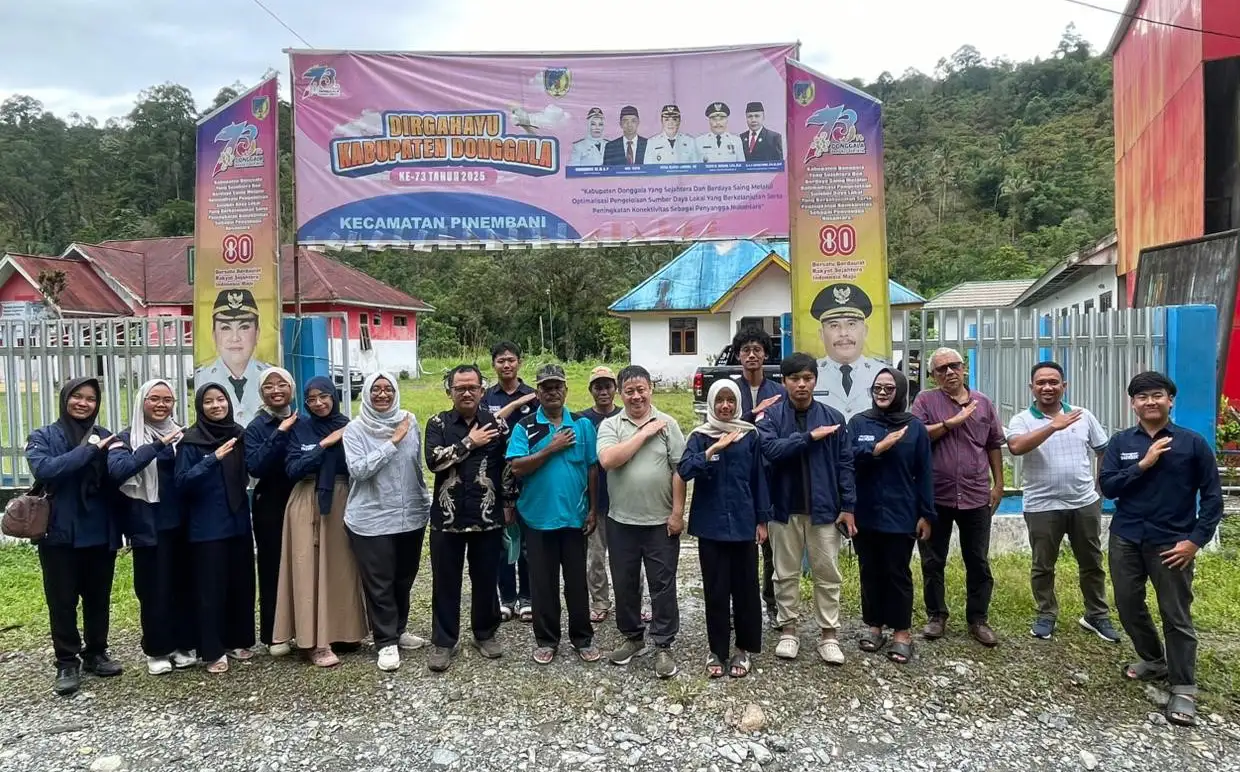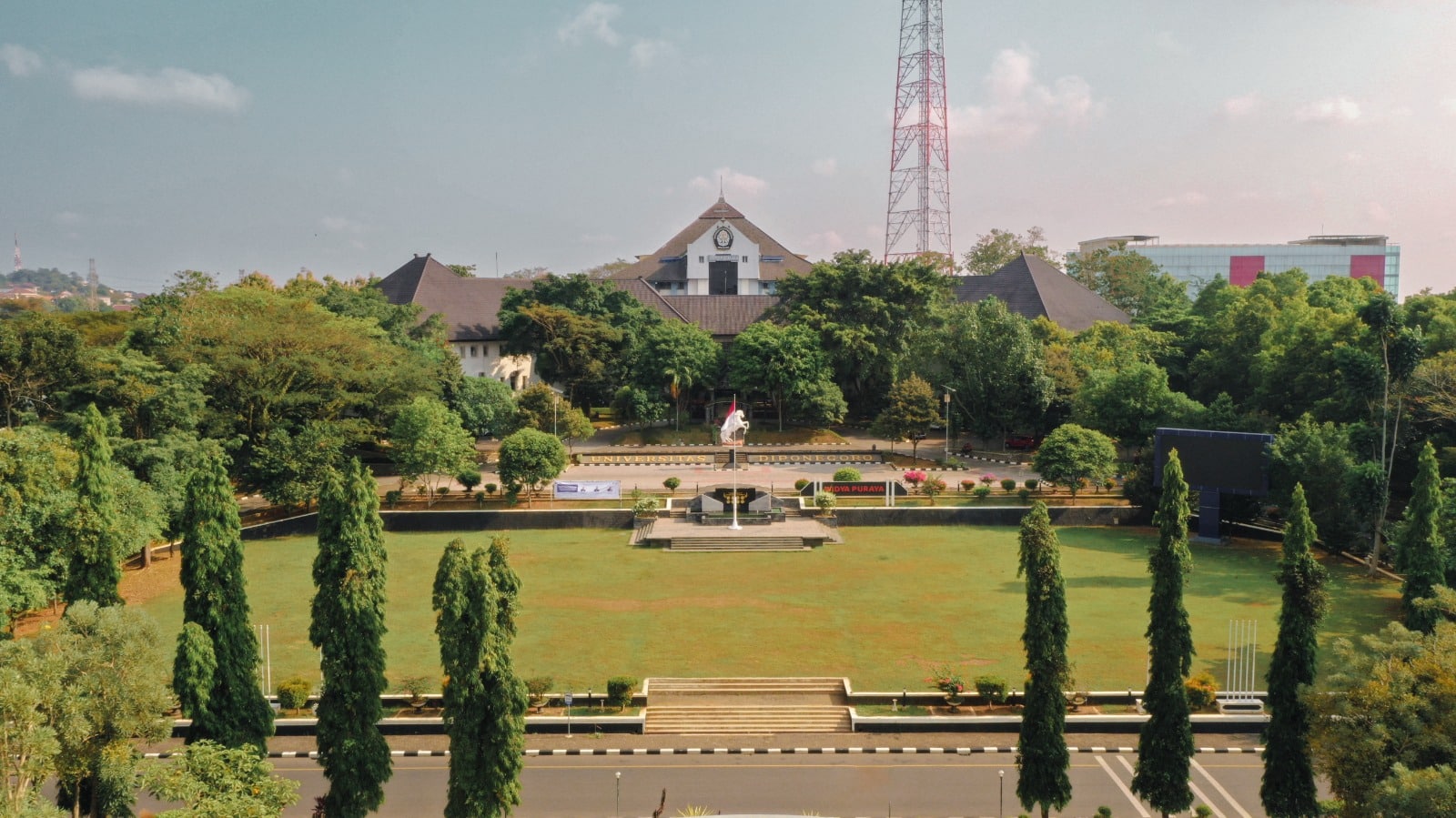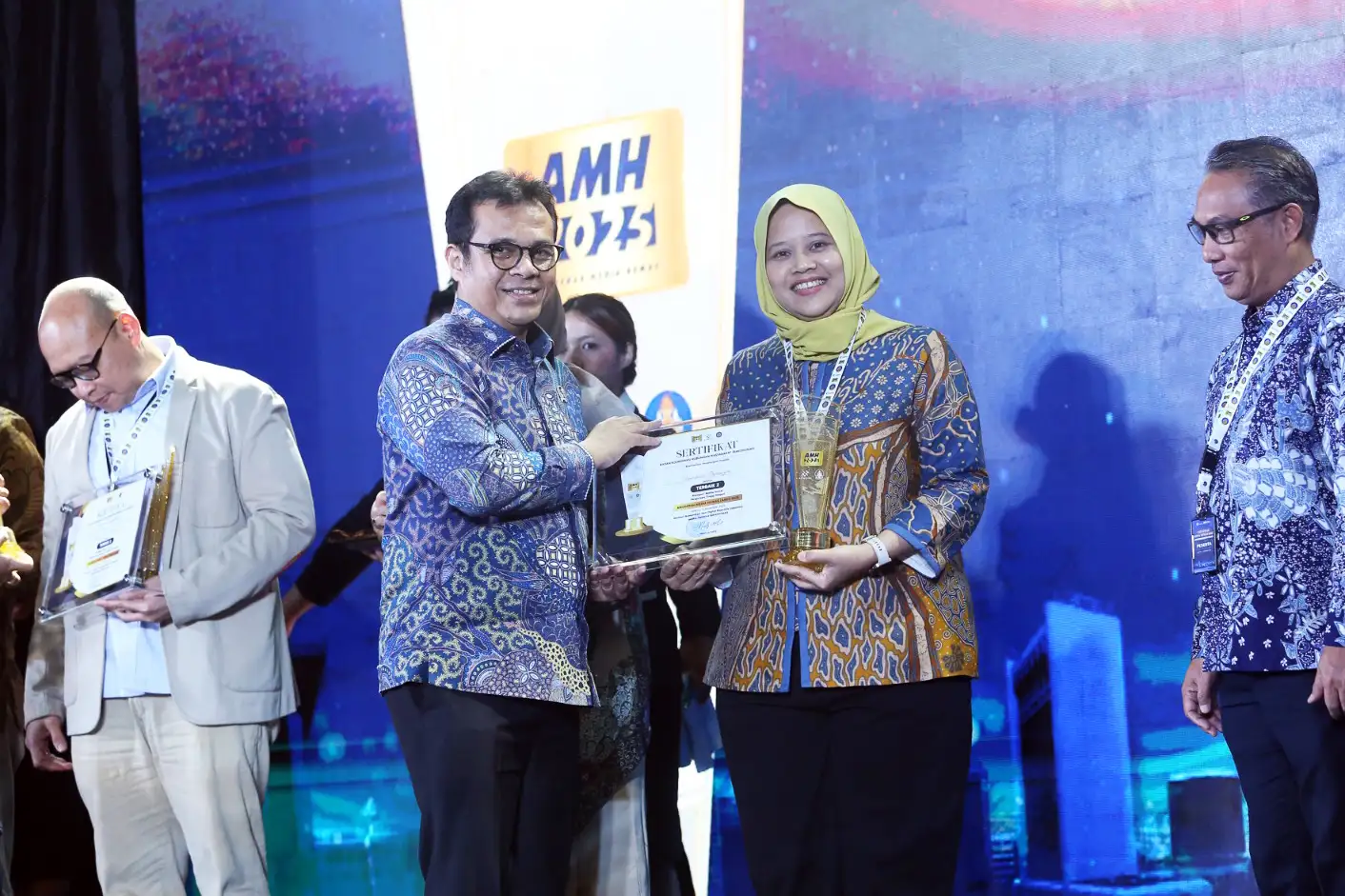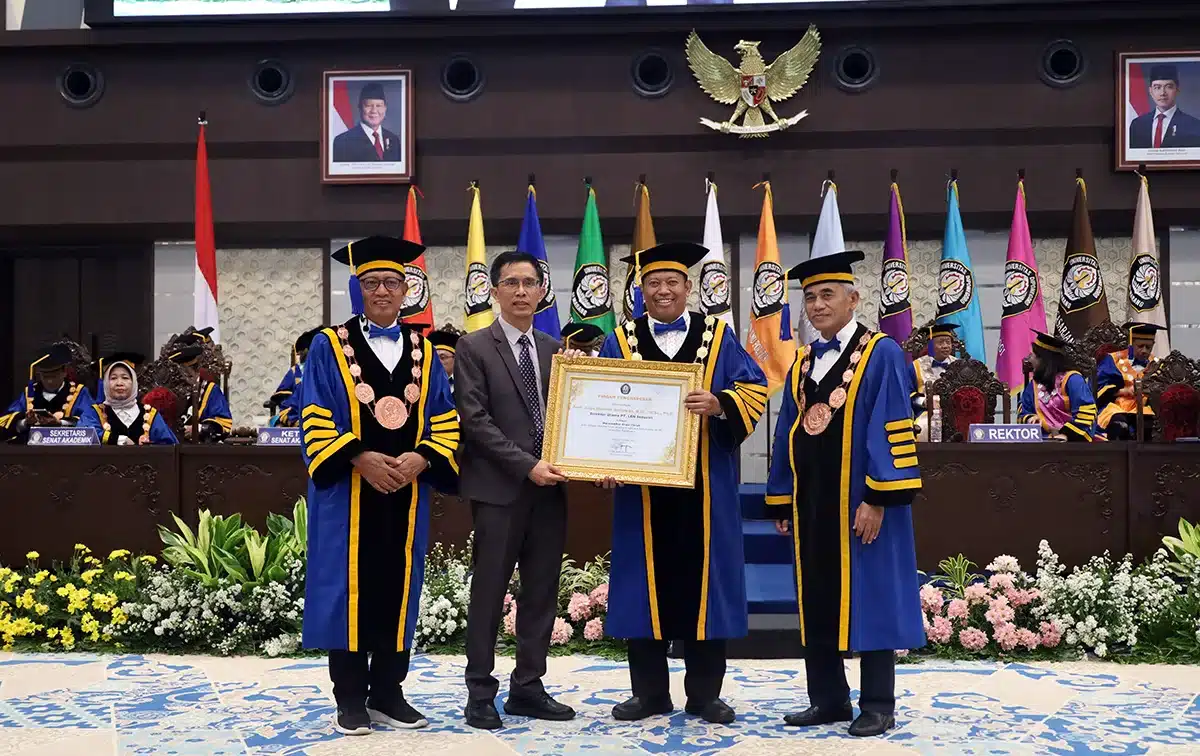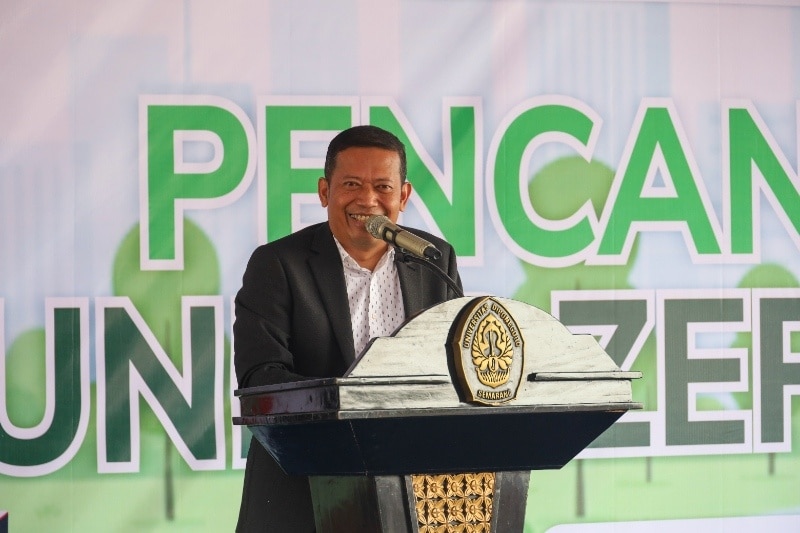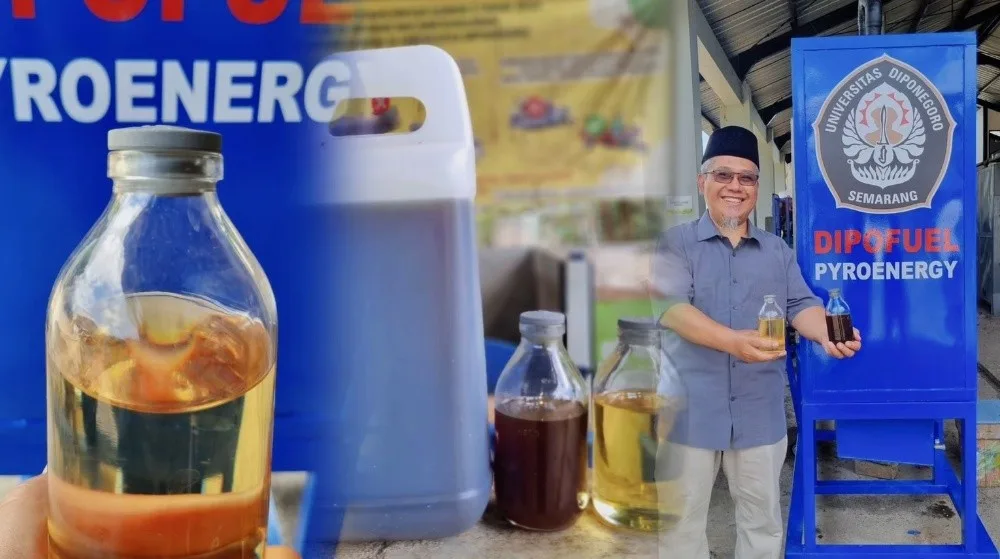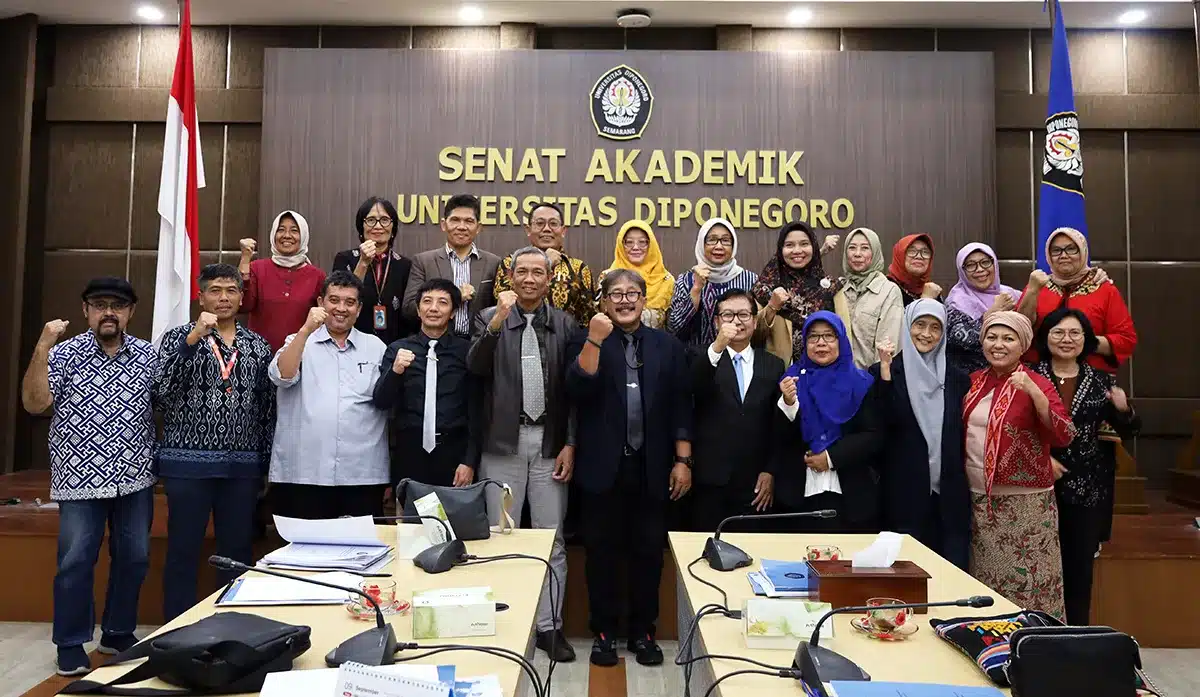UNDIP, Semarang (October 8, 2025) – Universitas Diponegoro (UNDIP) once again held a scientific paper presentation by four prospective professors. The event, organized by the UNDIP Board of Professors, took place on Wednesday, October 8, 2025, at 1:00 p.m. in the Academic Senate Meeting Room, 3rd Floor, SA-MWA Building, UNDIP Tembalang Campus.
The four prospective professors who had the opportunity to present their scientific papers were Dr. Eng. Gunawan Dwi Haryadi, S.T., M.T. from the Faculty of Engineering; Dr. Ir. Retno Hartati, M.Sc. from the Faculty of Fisheries and Marine Science; Dr. Ir. Agung Dwiyanto, M.T. from the Faculty of Engineering; and Dr. Dra. Sumariyah, M.Si. from the Faculty of Science and Mathematics.
In the first presentation, Dr. Eng. Gunawan Dwi Haryadi, S.T., M.T., presented a paper titled “Friction Stir Welding Technology for Green Manufacturing and Future Transportation.” He highlighted innovations in solid-state welding technology known as Friction Stir Welding (FSW), which offers solutions to the limitations of fusion-based welding methods.
The FSW technique produces joints that are superior to fusion welding while remaining environmentally friendly. This happens because it joins metals without melting them, thus requiring significantly less thermal energy and reducing energy consumption. Moreover, the process produces no smoke, sparks, or harmful gas emissions. The resulting joints are dense and homogeneous, with strong metallurgical bonds, and are generally free from welding defects such as porosity, hot cracks, or undercutting.
The second presentation, by Dr. Ir. Retno Hartati, M.Sc., discussed a paper titled “Sea Ranching as a Conservation Strategy for Sea Cucumbers: A Marine Biology Perspective in Indonesian Waters.” Her research focused on sea ranching as a conservation strategy by releasing sea cucumber juveniles into their natural habitats. This method involves controlled seeding and maintenance within their natural environment.
She explained that this conservation approach is a simple form of aquaculture conducted in a single location—such as bottom cages, sea-fence structures, or sea-pens—with minimal management. Therefore, sea ranching is viewed as an effective method to support sea cucumber conservation.
With a strong understanding of the biology, ecology, and habitat requirements of sea cucumbers, this practice can restore populations, maintain ecosystem balance, support marine biodiversity, and address causes of species decline such as overfishing, coastal habitat degradation, pollution, and climate change. Thus, sea cucumber conservation serves not only as a species preservation effort but also as an ecological strategy that strengthens ecosystem resilience and promotes long-term sustainability.
The third presentation, by Dr. Ir. Agung Dwiyanto, M.T., was titled “Sketching as a Dynamic and Multifunctional Thinking Medium in the Architectural Design Process.” Agung emphasized that sketching plays a crucial role in architectural design, not only as an initial visualization tool but also as a dynamic and multifunctional medium for thought.
Sketches function as an internal and external communication tool in educational settings, professional practice, and multidisciplinary collaboration. They help designers process ideas and convey them to others, translating imagination into tangible representation. As a dynamic medium, sketching supports creative and experimental exploration—it can be revised, expanded, and transformed—while remaining relevant despite the rapid advancement of digital technology, thanks to its speed, flexibility, and adaptability. Combining sketching with reflective, collaborative, and technology-based approaches can further enhance design thinking and produce contextual, imaginative, sustainable, and superior architectural outcomes.
The fourth presentation, by Dr. Dra. Sumariyah, M.Si.., discussed “Innovative Electrohydrodynamic Corona Plasma Technology for Advanced Drying and Seed Germination Acceleration.” Her findings demonstrated that corona plasma-based electrohydrodynamic (EHD) technology offers strategic solutions for modern agriculture. This technology utilizes corona plasma phenomena to control ion flow, air, and electrical energy at a regulated scale.
In innovative drying applications, the “electric wind” generated by ion flow effectively reduces moisture content without high energy consumption and operates quietly without mechanical vibration or acoustic noise. This step makes the drying process more efficient and environmentally friendly while preserving the nutritional quality and structural integrity of agricultural and herbal materials.
As for seed germination enhancement, exposure to corona plasma through EHD has been proven to increase seed viability, accelerate dormancy breaking, and stimulate early growth through membrane activation and reactive nitrogen ion supply. The results are healthier, disease-resistant seeds ready for planting in a shorter time—supporting productivity in high-tech agriculture. Additionally, the EHD flow generator can be developed to supply nitrogen ions, which eventually form nitrates—an environmentally friendly fertilizer component for modern farming systems such as hydroponics and aeroponics, reducing reliance on synthetic fertilizers.
The four scientific papers presented by the prospective professors align closely with the Sustainable Development Goals (SDGs), covering key aspects such as SDG 4 (Quality Education), SDG 7 (Affordable and Clean Energy), SDG 9 (Industry, Innovation, and Infrastructure), SDG 12 (Responsible Consumption and Production), and SDG 14 (Life Below Water).
These contributions reflect the prospective professors’ strong commitment to creating a more sustainable future through scientific advancement and community service—embodying the university’s tagline: “Noble and Valuable UNDIP.” (Public Communication/UNDIP/Nabila)
